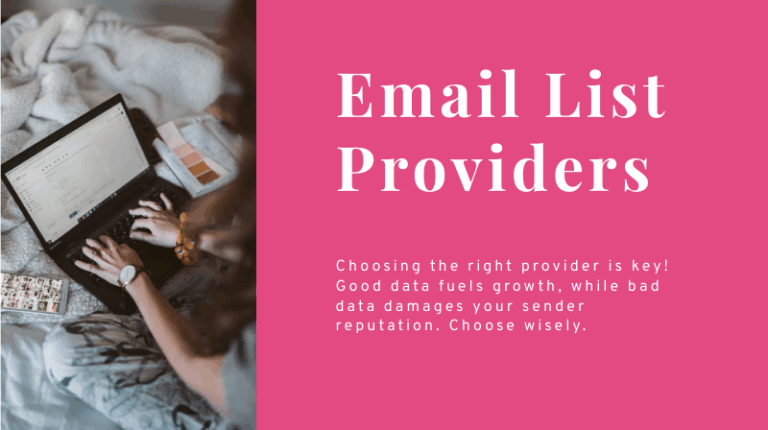
John Wanamaker gave us what might be the most famous quote in marketing, and he did it before email marketing or marketing automation were even dreamed of: “Half the money I spend on advertising is wasted; the trouble is I don’t know which half.” That worry still resonates today, especially with B2B businesses that have a much higher cost per lead and invest a great deal of time in each prospect.
On average, only one in three B2B marketers can give a full accounting of their department’s revenue earned. Of those who can, almost all of them use marketing database services to show them what Wanamaker never had the tools to reveal. These successful marketers use three proven strategies to transform the organization’s view of marketing from a cost to a revenue driver:
- Implement technology with a marketing automation consultant
- Think in terms of profit and loss by assigning concrete values to marketing activities
- Use marketing AI to its fullest advantage
Getting Technical
To executives outside the marketing department, activity in the office might seem like a purely creative endeavor. That’s certainly part of marketing, but it doesn’t tell the whole story, especially now that database marketing is the rule in B2B sectors. We’re living in the digital age; marketers who aren’t there yet are at risk of being left behind altogether. Marketing automation and data-driven campaigns are no longer optional.
To get a marketing automation system online and operational takes more than a plug-and-play approach. A marketing database manager with experience migrating and cleansing data gives your system the start it needs to become a high-powered revenue driver. Marketing operations managers create the roadmap your organization will use to figure out precisely which half (or more) of your marketing efforts work. Wanamaker’s dream is now a reality, thanks to marketing automation.
Marketing as a Revenue Engine
Marketers are often task-oriented, thinking in terms of what they need to do next in a linear progression. Revenue-based marketing skips ahead to the end result of marketing – ideally, a sale. How much of that sale is ultimately attributable to a successful campaign, and how much did the campaign cost? In terms of profit and loss, what’s the real value of each part of your marketing efforts? What contributed most to its success?
The answers might come as a surprise even to experienced marketers. Social media, for example, has a very low buy-in but depending on your business, it may produce little in terms of results compared to a costlier but more effective direct mail campaign.
The High-Performance Database
In Wanamaker’s heyday, the manual typewriter was the apex of technology. A relational database that could put millions of pieces of data in context and show you exactly where your marketing efforts are paying off would have been science fiction to him. Frankly, they’re still somewhat beyond the reach of many companies today – even ones that have access to marketing automation technology.
The tech alone isn’t enough; you also need the experience to use it. In-house solutions are a challenge, but marketing automation consultants can pull your database together in less time than you think and put revenue marketing within reach.
© Reach Marketing LLC 2017 All Rights Reserved.



